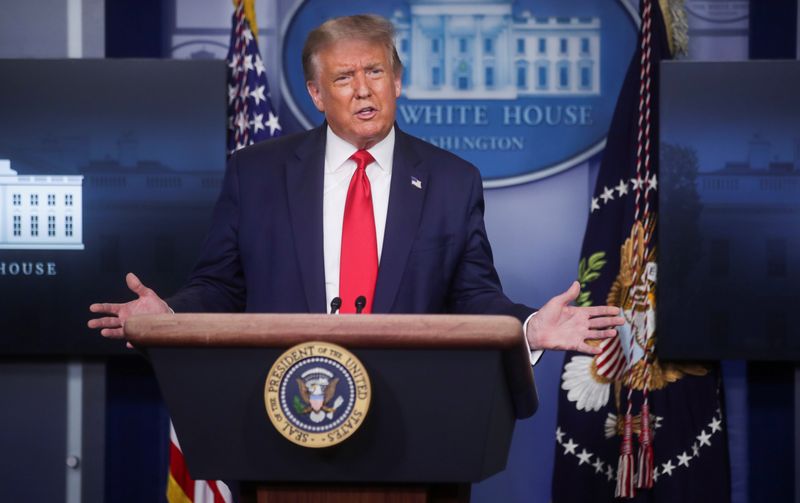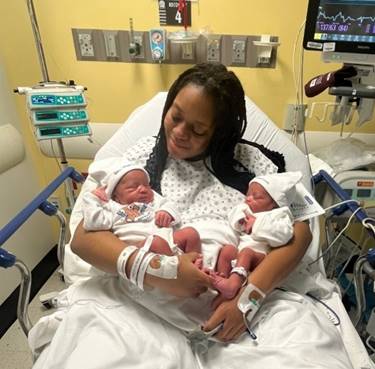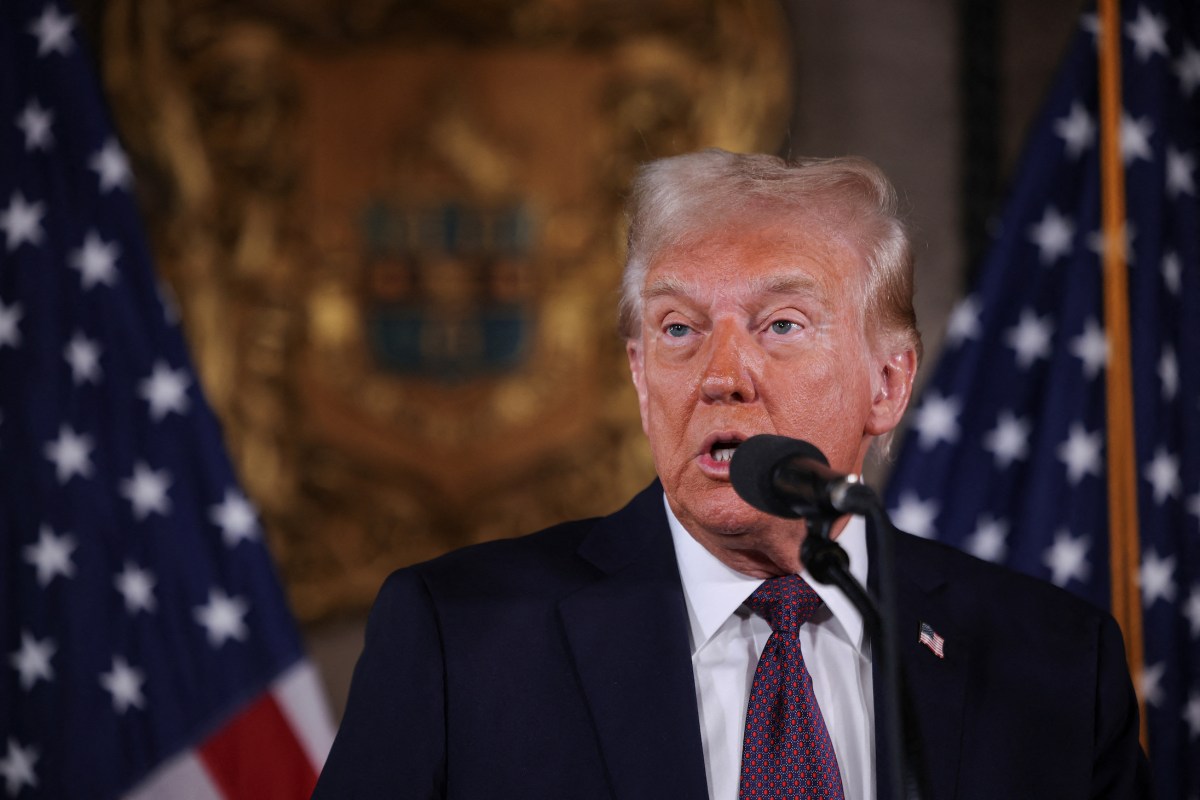WASHINGTON (Reuters) – U.S. President Donald Trump on Monday signed an executive order expanding access to telehealth services for 57 million Americans in under-served rural areas and elsewhere, after virtual visits soared during the coronavirus pandemic.
Trump, who is counting on votes from backers in rural areas in the 2020 presidential election, said the new order would ensure that telehealth services expanded during the pandemic remained in place even after the public health emergency ended.
He also directed the Department of Health and Human Services to cut regulatory burdens and develop a new payment model that allows rural providers to waive some existing Medicare rules and ensure more predictable financial payments.
Americans in rural areas are more likely to die of five leading causes of death such as cancer and heart disease than their urban counterparts, the White House said, with transportation challenges, shortages of healthcare workers and a dwindling number of hospitals diminishing access to good care.
“Prior to the pandemic, telehealth was fine, but it wasn’t anything raging, and I guess one of the only good things that we’ve gotten out of this horrible situation is that telehealth has been increased,” Trump told reporters at the White House.
The Centers for Medicare and Medicaid Services (CMS) showed that virtual visits by phone or video soared to almost 1.7 million per week in the last week of April from 14,000 before the pandemic, according to the executive order.
The numbers have stayed high, even after in-person visits resumed in May, a sign of growing acceptance of virtual service.
Trump also called for officials to develop within 30 days a specific plan to boost investment in the communications infrastructure needed to boost rural healthcare, and a separate report on ways to improve overall healthcare in rural areas, reduce maternal deaths and improve mental health.
(Reporting by Andrea Shalal; editing by Richard Pullin)























